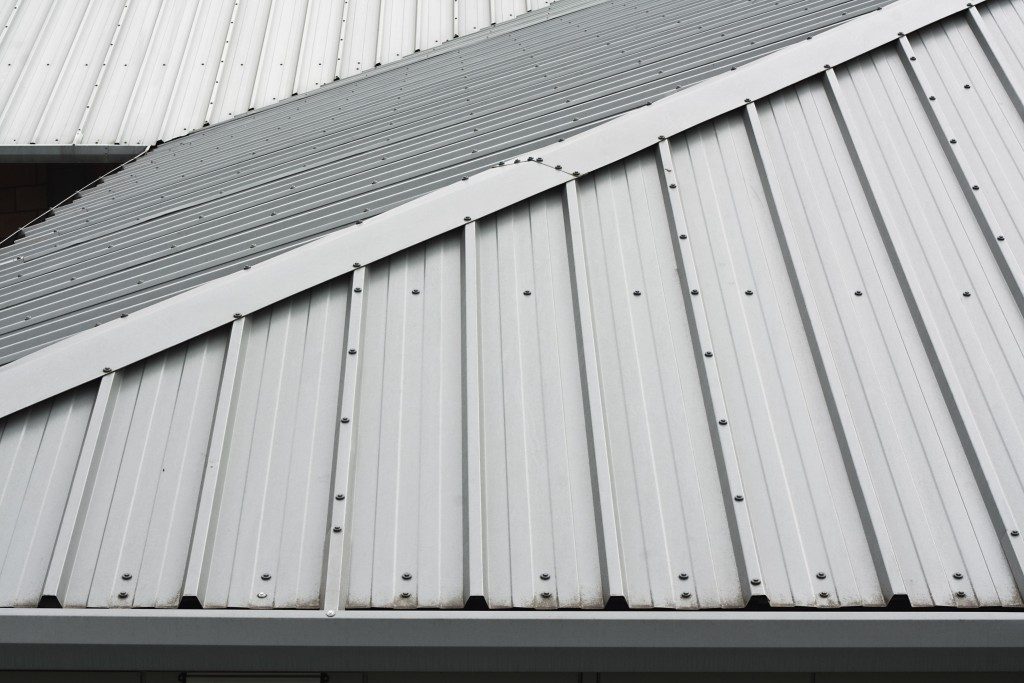Almost every building in the United States, whether it’s a home or a skyscraper, uses steel. So do automobiles, appliances, and even kitchenware. This then begs the question: with the supposed tariffs, what is its effect on the U.S. market conditions of steel? Get some ideas here.
1. What Does China’s Tariffs on Steel Mean?
In 2018, President Donald Trump announced imposing tariffs on many Chinese imported goods, and these include steel. It means China has to pay 25% tax on such product if they wish to sell to the United States.
Many experts believe it’s a political move. For the administration, it means leveling the playing field. For some time, it thinks that China is involved in unfair trade practices. Either way, the effects can be both positive and negative. It can potentially raise the costs of items in the market. These can range from appliances to cars and homes.
On the other hand, it provides an advantage on steel manufacturers in the United States. With the tariff, China might have no other choice but to increase the costs of the raw materials. In turn, steel made in the United States can appear cheaper or be as competitive as that of China.
2. What Are the Options of Consumers Who Want to Buy Steel?
Consumers, particularly businesses, do have many ways to buy steel even if there’s steel tariff in place. One, they can consider online steel sales. It simplifies the supply-chain process since buyers don’t have to go through many channels. They don’t even have to depend on China or any other country for their products. It also allows a more scalable approach to raw material spending. They can choose to buy only those they need and even according to their specifications.
Second, they can opt to pay the higher costs, knowing full well that it can also increase the product’s price. Will this reduce consumer spending? It’s possible. Several factors can render such a price increase moot.
First is the consumer price threshold. As long as it doesn’t go beyond the limit, a higher price will not scare away buyers. Second is the demand for such a product. Is the item dependent on discretionary income? Is it a need? The third option is to wait. The government has the power to remove tariffs, especially once it reaches a favorable or win-win trade deal. The problem with this is there’s no timeline when it will happen.
3. Can the United States Produce Steel?
Yes, it can. According to the World Steel Association, the country produced over 81 metric tons of the product in 2017. It’s an increase of more than 3.5% compared to the previous year.

In 2018, it created more steel for a whopping 86.7 million tons. It’s a growth of nearly 6.5% since 2017. This also placed the country fourth among the world’s biggest steelmakers. The country also beats Canada, although North America’s production went up by 4.1% compared to 2017.
There’s no doubt that steel tariffs can have a significant impact on the U.S. economy, but if there’s one thing history teaches us, it’s that industries can be resilient. Consumers can also rely on existing options, including locally produced steel.

